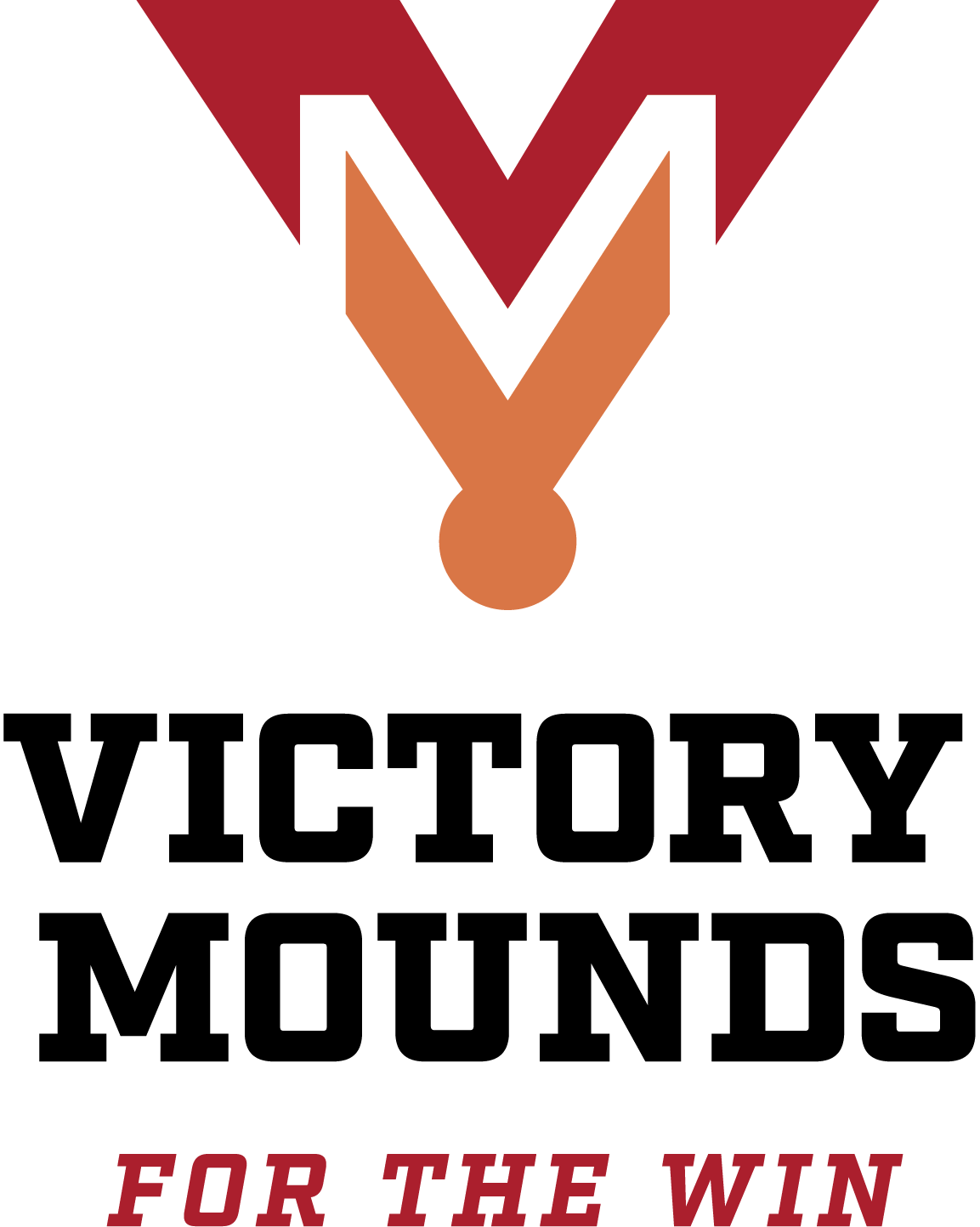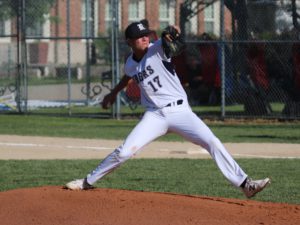When you’re playing the game at a high level, having great equipment becomes even more important. It can mean the difference between excellence and average performance, and getting the edge that equipment provides can also spell the difference between winning and losing.
But great equipment is essential across the board, whether you’re playing A ball in the Midwest baseball league or in any other league in the region. Proper equipment is just as important when you’re learning the game, and it changes significantly at each level.
It’s worth reviewing what you need, whether it’s basics like gloves, bats and balls or specialized equipment like portable pitching mounds to help you get the reps you need to master your delivery.
Baseball Gloves
Everyone knows baseball gloves are important for hand protection, and most fans know that they’re somewhat specialized.
But few casual fans and observers understand what goes into the making of a quality baseball glove. In the best gloves, the leather has to be high grade and hand-stitched, but there are high-tech leather equivalents provided by manufacturers whose devotion to quality is just as strong.
The level of specialization is impressive, too. Here’s a breakdown of the various types of gloves and what they need to provide:
- Infielders gloves. These are usually smaller that standard gloves, and they usually have smaller pockets, although high-level players will sometimes ask for exceptions that are designed to meet their needs.
Why? Because infielders have to transition the ball from glove to hand in a split second to make effective throws, and they need a glove that helps them make that transition as quickly and easily as possible.
- Outfielders gloves. Gloves for outfielders tend to be larger, and they usually have bigger pockets. The basic idea is to maximize a player’s reach when going for the ball, whether the outfield is diving, reaching back over their shoulder, or leaping to keep a ball from going over a wall.
Baseball has been described as a game of inches, and outfield gloves are one of the clearest examples of just how important those inches can be. reaching over a wall.
- Catcher’s gloves. Catcher’s gear has been described as the “tools of ignorance,” but there’s nothing ignorant about the design of the gloves they where.
They typically have a deeper pocket and extra padding for protection, but catcher’s gloves still have to be flexible enough to allow catchers to scoop errant pitches out of the dirt.
- First baseman’s glove. It’s easy to recognize this glove. First baseman’s gloves are longer, and they have a flexible pocket that’s designed to help them short-hop bad throws from infielders.
The Baseball
The ball itself is easily the most standardized piece of equipment in the game. The dimensions of the 9.25 inches around, with a weight of up to 5.25 ounces, and you’ll see those numbers at virtually every level of the game, whether you’re playing or watching in the Midwest or another part of the country.
The stitching is remarkably consistent as well—there are 108 double stitches in a big league ball, and most higher-level leagues take pains to replicate that number in their balls, too.
Batting Helmets That Handle Harder Impact
Helmets are high-tech gear these days. They’re made of special plastic that’s designed to handle a hard impact, and they also have side flaps for errant pitches that go up and in further than intended.
Even catchers wear helmets these days, and they’re designed to fit with masks that resemble hockey masks with features to prevent concussions.
Batting Gloves
While batting gloves are fairly standardized in leagues like the Midwest League, they’re by no means simple. They’re made of high-tech material that’s meant to enhance grip, and some players get them with padding for extra protection as well.
They can also be tightened or loosened according to the situation, depending on whether the hitter just wants to make contact or cut loose for power.
Catcher’s Gear
We’ve already talked about the gloves, masks and helmets, but catchers these days wear a veritable suit of armor.
That includes shin guards that also protect the knees and the upper part of the foot, along with chest protectors that are reinforced to handle balls coming in at over 100 miles an hour at the higher levels.
No one uses guards the way catchers do, though. Their shin guards cover more territory, extending up into a kneepad and down to the foot.
There are still vulnerable spots, though—chest protectors don’t provide complete coverage, after all, and foul balls have a way to finding the most vulnerable areas in these suits of armor.
Bats
Bats used to be simple pieces of wood back in the day, but now they’re specialized, too. Some are still made of wood, but aluminum bats are far more common, as are bats made of composite materials that are designed to last for as long as you’ll be playing.
Portable Pitchers Mounds, Batting Cages and Pitching Machines That Could Put You on a Baseball Card
As players develop their skills, the equipment they use becomes more specialized. Portable pitchers mounds help hurlers practice their delivery away from the field, and game mounds make it possible to play when bad weather tears up the field mound.
Batting cages and pitching machines perform a similar function for hitters. They help them get practice reps to hone their skills, and they’re well worth the investment for Midwest programs with the budget to purchase them.
Get Shipping for Baseball Gear in the Midwest and Beyond from Victory Mounds
At Victory Mounds, we’ve been supplying baseball equipment to many Midwest programs for a long time.
Our products run the gamut from portable pitching mounds, pitching platforms to help build better practice habits to clay to help stabilize the soil used for the base paths and the mound. We also supply pitching matches and other equipment used at indoor facilities to develop and enhance basic skills.
In addition, we do consulting, too. If you’re having a problem with field issues in the Midwest or beyond relate to poor field condition, drainage or other issues, we can help you turn your fields around so they look pristine. We can also outfit your program with whatever you need to improve performance, and we’ll work within your budget limits as well.
To up your game with us, call us at 800-835-9460, or email us at info@victorymounds.com. You can see our products at victorymounds.com, and we’ve got some great blogs to help you understand what we can do for you and your program.

